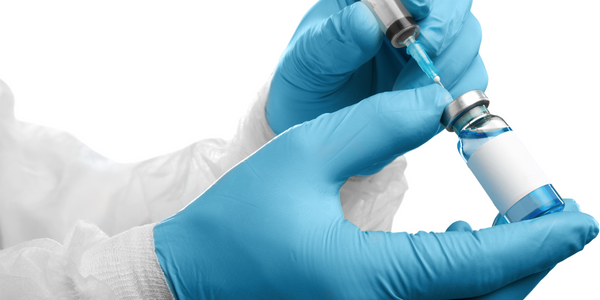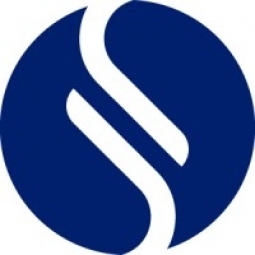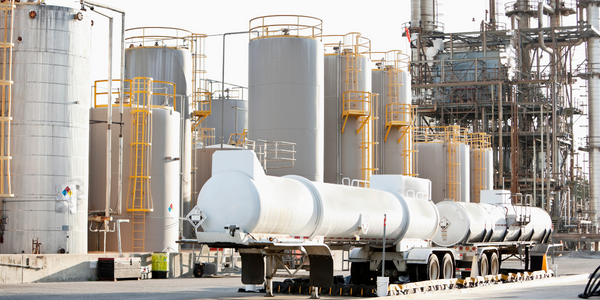公司规模
Large Corporate
国家
- Worldwide
产品
- Sphera’s Advanced Risk Assessment Software
技术栈
- Risk Management Software
实施规模
- Enterprise-wide Deployment
影响指标
- Cost Savings
- Productivity Improvements
技术
- 应用基础设施与中间件 - 数据交换与集成
适用行业
- 药品
适用功能
- 质量保证
用例
- 监管合规监控
- 根因分析与诊断
服务
- 系统集成
关于客户
The customer is one of the world's largest pharmaceutical companies, with patient safety and regulatory compliance as their top priorities. The company has a global presence, operating in over 62 countries. It generates a revenue of $22.3 billion and employs over 33,000 people. As the company transitions from conventional to biopharma drug production, it faces increasing complexity in compliance and traceability. The company was using spreadsheets and extensive process flow documents to conduct risk assessments for hundreds of products, a process that was proving to be complex and cumbersome.
挑战
The global pharmaceutical company was facing challenges in managing quality risk and reducing product defects. The transition from conventional to biopharma drug production had made compliance more complex and traceability crucial. The company was using spreadsheets and extensive process flow documents to conduct risk assessments for hundreds of products. This process was complex, cumbersome, and difficult to query. The elements of the process were not clearly linked, making the investigation of complaints burdensome and expensive. The company was dealing with disparate risk assessment processes across more than 62 countries, using time-intensive, manual reporting tools, and had an ineffective complaints analysis process.
解决方案
The company engaged Sphera’s centralized risk management solution to streamline data capture and risk assessment across its portfolio. The company introduced Sphera’s Advanced Risk Assessment (ARA) solution as a centralized risk management tool. The solution helped the company create an end-to-end process, including multiple interacting templates, that connected requirements to PHAs, FMEAs, and related control strategies. The initial rollout began with over 500 users in five countries, who used the newly centralized risk management process to ensure quality and share best practices throughout the product lifecycle. The company also began using ARA to evaluate complaint severity and allocate resources accordingly. Based on its positive experience, the company plans to continue to expand usage of ARA into more countries and sites to continuously improve their quality processes.
运营影响
数量效益

Case Study missing?
Start adding your own!
Register with your work email and create a new case study profile for your business.
相关案例.

Case Study
Case Study: Pfizer
Pfizer’s high-performance computing software and systems for worldwide research and development support large-scale data analysis, research projects, clinical analytics, and modeling. Pfizer’s computing services are used across the spectrum of research and development efforts, from the deep biological understanding of disease to the design of safe, efficacious therapeutic agents.

Case Study
Fusion Middleware Integration on Cloud for Pharma Major
Customer wanted a real-time, seamless, cloud based integration between the existing on premise and cloud based application using SOA technology on Oracle Fusion Middleware Platform, a Contingent Worker Solution to collect, track, manage and report information for on-boarding, maintenance and off-boarding of contingent workers using a streamlined and Integrated business process, and streamlining of integration to the back-end systems and multiple SaaS applications.

Case Study
Process Control System Support
In many automated production facilities, changes are made to SIMATIC PCS 7 projects on a daily basis, with individual processes often optimised by multiple workers due to shift changes. Documentation is key here, as this keeps workers informed about why a change was made. Furthermore, SIMATIC PCS 7 installations are generally used in locations where documentation is required for audits and certification. The ability to track changes between two software projects is not only an invaluable aid during shift changes, but also when searching for errors or optimising a PCS 7 installation. Every change made to the system is labour-intensive and time-consuming. Moreover, there is also the risk that errors may occur. If a change is saved in the project, then the old version is lost unless a backup copy was created in advance. If no backup was created, it will no longer be possible to return to the previous state if and when programming errors occur. Each backup denotes a version used by the SIMATIC PCS 7 system to operate an installation. To correctly interpret a version, information is required on WHO changed WHAT, WHERE, WHEN and WHY: - Who created the version/who is responsible for the version? - Who released the version? - What was changed in the version i.e. in which block or module of the SIMATIC PCS 7 installation were the changes made? - When was the version created? Is this the latest version or is there a more recent version? - Why were the changes made to the version? If they are part of a regular maintenance cycle, then is the aim to fix an error or to improve production processes? - Is this particular version also the version currently being used in production? The fact that SIMATIC PCS 7 projects use extremely large quantities of data complicates the situation even further, and it can take a long time to load and save information as a result. Without a sustainable strategy for operating a SIMATIC PCS 7 installation, searching for the right software version can become extremely time-consuming and the installation may run inefficiently as a result.

Case Study
ELI LILLY ADOPTS MICROMEDIA’S ALERT NOTIFICATION SYSTEM
Pharmaceutical production is subject to a strict set of enforced rules that must be adhered to and compliance to these standards is critically necessary. Due to the efforts of WIN 911’s strategic partner Micromedia, Lilly was able to adopt an alarm notification infrastructure that integrated smoothly with their existing workflows and emergency hardware and protocols. These raw energy sources enable the industrial process to function: electricity, WIN-911 Software | 4020 South Industrial Drive, Suite 120 | Austin, TX 78744 USA industrial steam, iced water, air mixtures of varying quality. Refrigeration towers, boilers and wastewater are monitored by ALERT. Eli Lilly identified 15000 potential variables, but limitations compelled them to chisel the variable list down to 300. This allowed all major alarms to be covered including pressure, discharge, quantity of waste water discharged,temperature, carbon dioxide content, oxygen & sulphur content, and the water’s pH.









